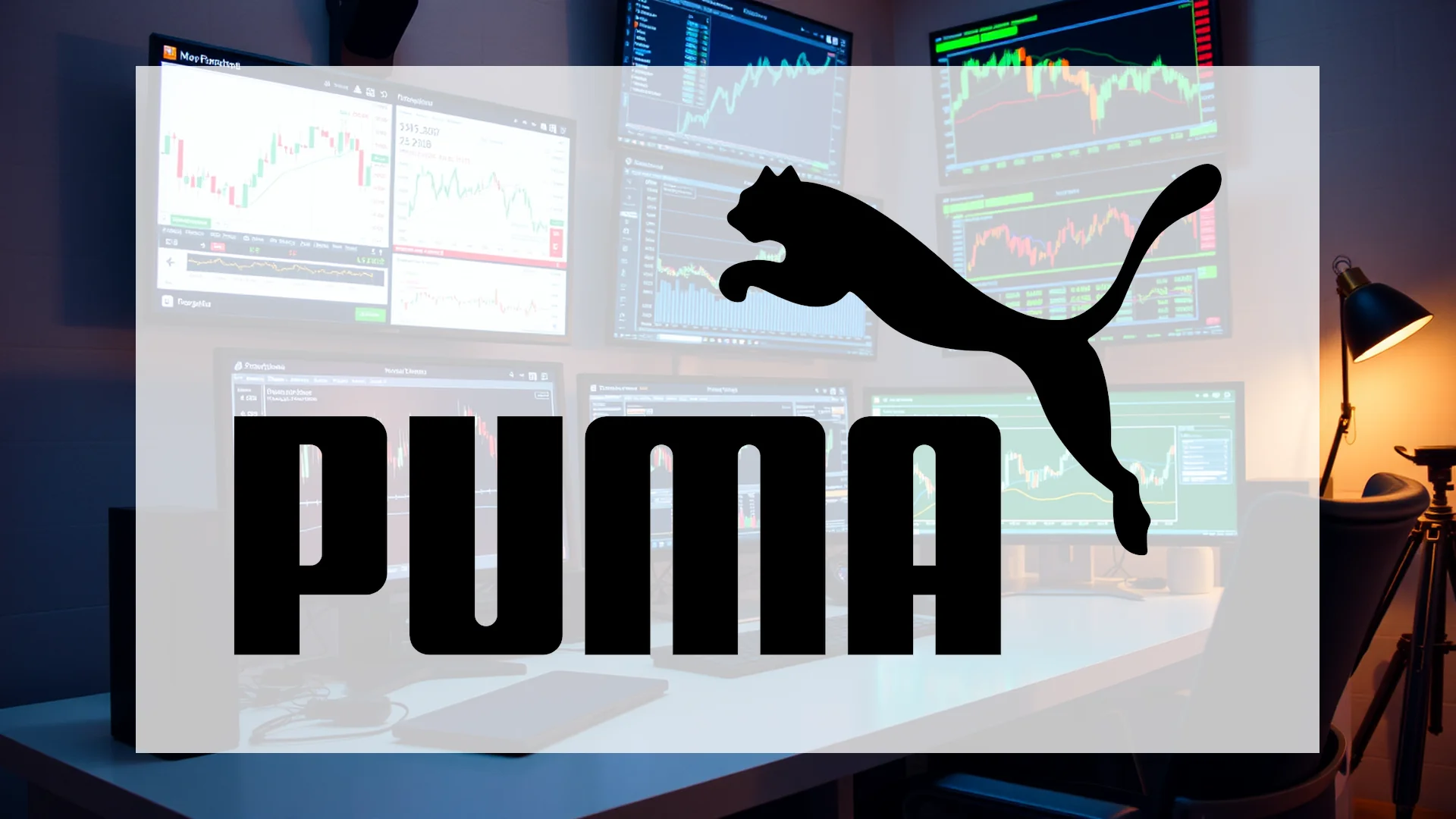Kadant Inc. is implementing significant financial restructuring measures while operating in challenging market conditions. The industrial machinery company has substantially enhanced its financial framework, though questions remain about its ability to reverse the current downward trajectory in its stock performance.
Quarterly Performance: Mixed Signals
The company’s second-quarter results presented a complex picture. While Kadant exceeded analyst projections with earnings per share of $2.31 against expectations of $1.94, and revenue of $255.3 million compared to forecasted $246 million, underlying challenges emerged. Revenue actually declined by 7.3% year-over-year, with adjusted EBITDA contracting by 15%. A positive development came from order intake, which increased by 7% to reach $269 million.
Looking ahead, market watchers anticipate third-quarter EPS of $2.18. Management has provided full-year 2025 guidance projecting earnings between $9.05 and $9.25 per share. The balance sheet remains robust with a current ratio of 2.38 and conservative debt levels, reflected in a debt-to-equity ratio of 0.26.
Credit Facility Expansion
In a significant move to strengthen its financial position, Kadant announced on September 26, 2025, that it has expanded its revolving credit facilities from $400 million to $750 million. The agreement extends the maturity date to 2030. This substantial increase in available capital is designed to support future growth initiatives and provide ample liquidity for strategic opportunities. The revised arrangement also introduces Australian dollar borrowing capacity for the first time.
Shareholder Returns and Valuation
The company maintains its quarterly dividend distribution of $0.34 per share, translating to an annual payout of $1.36. At current trading levels, this represents a dividend yield in the 0.4-0.44% range. With a payout ratio of just 15%, Kadant retains significant flexibility for future dividend increases, though the current yield remains modest by income-seeking investors’ standards.
Should investors sell immediately? Or is it worth buying Kadant?
Trading around $303.50, the stock sits substantially below key technical indicators. The 50-day moving average stands at $322.94, while the 200-day moving average is positioned at $320.48. Over the past 52 weeks, shares have traded between $281.30 and $429.95, with current prices in the lower portion of this range.
Despite the technical weakness, analytical coverage remains generally positive. Barrington Research maintains an “Outperform” rating with a $380 price target. The consensus price target among analysts is $340, suggesting potential upside of approximately 13.87%. Simply Wall St. calculates a fair value estimate of $343.33 per share.
Institutional and Insider Activity
Recent trading activity shows mixed sentiment among investors. Director Thomas C. Leonard disposed of 415 shares in August at $338.41 per share, notably above current valuation levels. Among institutional investors, the Public Employees Retirement System of Ohio increased its stake by 40%, while Fifth Third Bancorp and GAMMA Investing reduced their positions.
The critical question for investors remains whether Kadant’s strengthened financial foundation and operational execution can overcome current market pressures and catalyze a sustained recovery in shareholder value.
Ad
Kadant Stock: Buy or Sell?! New Kadant Analysis from November 20 delivers the answer:
The latest Kadant figures speak for themselves: Urgent action needed for Kadant investors. Is it worth buying or should you sell? Find out what to do now in the current free analysis from November 20.
Kadant: Buy or sell? Read more here...










